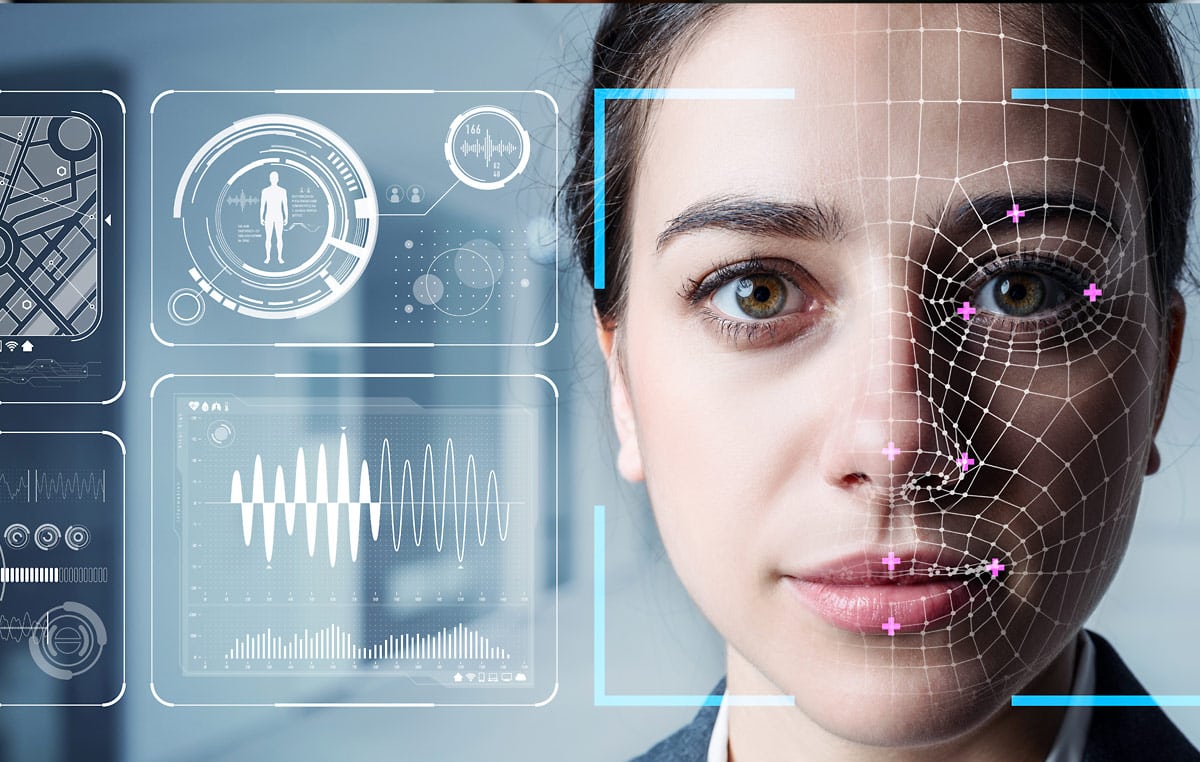
Optimizing Spaces: IoT & Smart Buildings and the Future of Work
There’s no denying that our environment impacts performance. A well-designed workplace can improve wellness, productivity and results; even as we face higher densities and 24/7 use.
The trend towards enhanced working environments is continuous. Many buildings used to be poorly ventilated, for instance, causing illness. Today we’re designing spaces that not only promote health and wellbeing, but also creativity and inspiration.
Smart offices are also about sustainability: reducing waste and minimizing environmental impact – all upsides that come with the added benefit of cutting real estate and energy costs.
That’s why organizations are using Internet of Things (IoT) technologies to create smarter workplace solutions.
The Internet of Things – (IoT)
A smart office uses technology to make the physical work environment intelligent, so it adapts to individual employees’ needs. Smart offices use sensors and automation to control things like lighting and heating, to save energy bills and improve sustainability.
These ‘things’, in an internet-of-things world, only come on when they’re needed and are switched off when they’re not. For instance moisture sensors could detect whether the irrigation system outside needs to automatically turn on to water the grass on a hot, dry day.
Smart devices can detect whether a room is being used and whether a video conference is underway – turning on equipment, opening and closing blinds, or ordering coffee as necessary.
IoT devices can enable predictive maintenance of buildings too, telling us we need to add a new meeting space on the third floor, or reduce heat loss through the main exit.
As more organizations opt for flexible office layouts, smart buildings help us reconfigure and improve our spaces.
Data collected by sensors can enable building owners to negotiate contracts with office cleaners, based on how much dirt accumulates in different areas, or charge more for parts of a retail space that have the greatest footfall.
Smart Workplaces
In a smart workplace, as you approach the office car park, a smart parking system will suggest a parking space close to the room where you’ll hold your first meeting of the day.
When you enter the building, facial and voice recognition will check your identity and allow you in. Digital signage in the lobby knows who you are and where you’re going, so offers you directions to your meeting room.
When you get to your meeting, the room knows you’ve entered. Perhaps it automatically dims the lights, closes the blinds and brings up remote attendees on a screen, with last week’s minutes containing your notes on a smartboard.
Creating a smart building enables you to upgrade the employee experience, not only because a strong employer brand will attract and retain the best people, but because a great experience enables us to do our best work.
IoT, AI, machine learning and virtual beacons can provide us with analytics for making better workplace / workflow design decisions.
As diversity increases – both in terms of the workforce and the spaces we require – we need to create smarter workplaces that provide insights and choice.
Rather than global standards, firms need adaptable ways of using space: touch-down tech hubs, reconfigurable offices, open-bench workstation neighbourhoods, open team areas… all powered by the latest tech.
More flexible spaces enable a test and learn approach to space design rather than static, expensive, once-in-a-blue-moon overhauls.
HR Facilities & UX Design – Coming together to design the workplace of the future
As organizations create smart offices and adopt agile working practices, the role of Facilities is undergoing a major shift.
In the past, ‘Facilities’ conjured up images of health and safety procedures, office maintenance, cleaning and security. These elements of running an efficient, compliant workplace are still important, but a whole new host of responsibilities are falling on FMs as we welcome in a new era of Facilities Management. You might say Facilities Management is fast becoming Facilities Leadership.
Today’s Facilities leader is more strategic than ever before, wielding enormous power to influence the productivity of our workforce and improve the employee experience.
As we learn more about the way our working environment influences employee engagement and sows the seeds of collaboration, we discover it’s vital to set a vision for Facilities that closely aligns with your organization’s wider people strategy.
Facilities, for this reason, will be working more closely than ever with HR. A whopping 80% of global HR leaders foresee a greater HR ownership of the physical workspace, according to research by Unispace. This shift is driven by a greater need for cross-functional collaboration amongst teams and the need to accommodate headcount growth. The same study found that 68% of global HR leaders expect to be involved from the start of a workspace change project.
Facilities Managers are no longer just doing the doing, but doing the thinking, behind workplace transformation.
That’s why HR and facilities managers are becoming user (employee) experience designers.
A New Era of Facilities Management
This heralds a new era of Facilities Management, where facilities managers play an important role in support the wider company goals. They’ll be required to go beyond physical infrastructure, focusing on innovating and differentiating the workplace environment.
A well-designed, human-centric workplace will take the full spectrum of employee emotions into account, as greater emphasis is placed on EQ. Facilities and HR will be responsible for reducing frustration, improving collaboration, inspiring creativity and enabling innovation.
For years, UX designers have researched their users to understand their goals and desires. They use these insights to identify personas and explore scenarios. Then they create a structure that’ll make it easy for these people to navigate to the right place and achieve their goals. They sketch and prototype a solution, then test what happens when people use it.
When it comes to designing the workplace of the future, Facilities and HR spring to mind. Note that both these functions were traditionally perceived as back office admin. Yet today, they’re taking a seat in the boardroom.
Luckily, we don’t need to reinvent any wheels. Marketing, customer service and other externally-facing business areas have invested zillions in understanding how to pull people through the funnel and create a top notch experience. Now we need to apply those customer lessons internally.
Just as big brands have flagship stores that offer a theatrical experience, companies are creating flagship offices that do the same.
Brands and Workspaces
Our workspaces communicate company values, consistent with the brand.
The idea that there’s just one way for workers to interact and get things done is swiftly being replaced by a future in which people work how, when, where and with whom they like. As work becomes less about a fixed location or schedule and more about getting things done however you see fit, flexibility is in high demand.
Traditional office environments, like cubicles, are being replaced by collaborative spaces that enable interaction, openness and sharing. Yet we still need spaces for quiet time and private calls.
We need to identify and optimize every single employee touchpoint, online and offline, to create an engaging, energizing experience
We need to create lightweight, sustainable workplaces that adapt to changing needs. Traditionally we’ve had big office buildings set up for a fixed use. The workplace of the future is less unwieldy, catering for a wider range of preferences and encouraging teamwork between diverse groups of people.
The workplace of the future provides services to employees on-demand, from anywhere.


